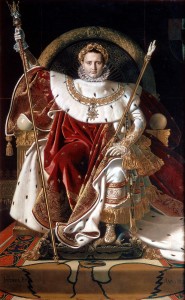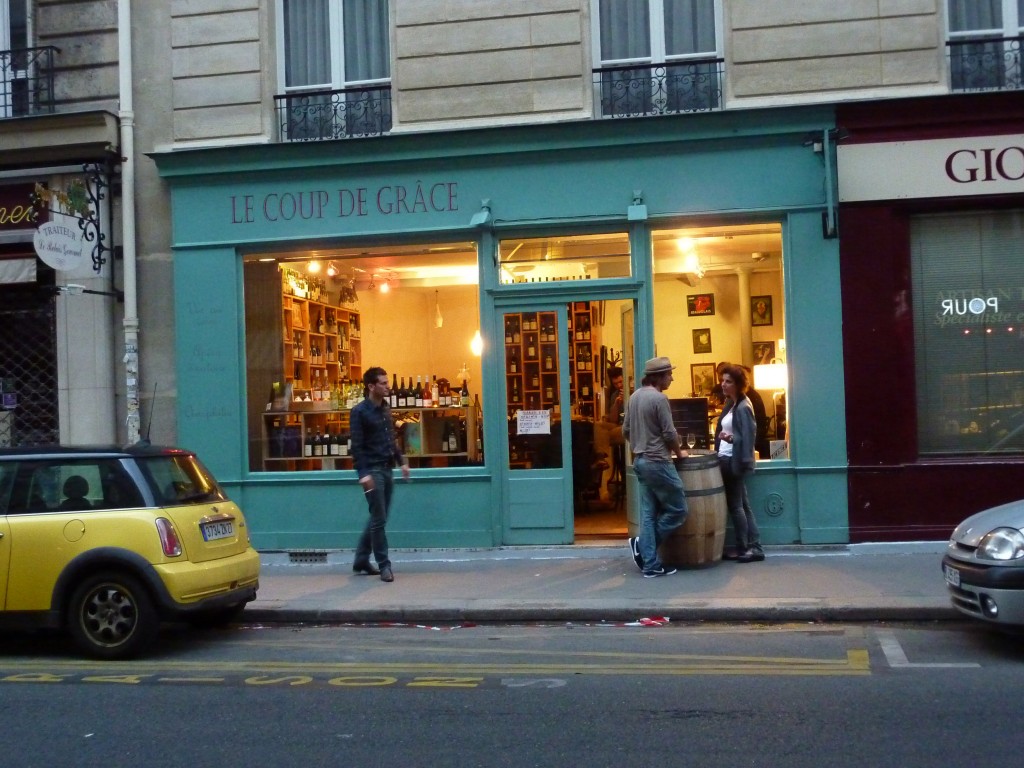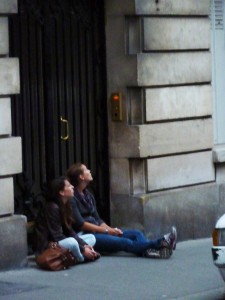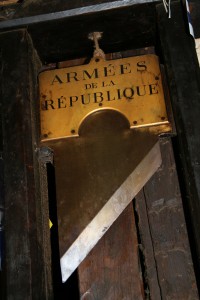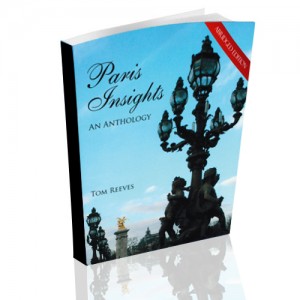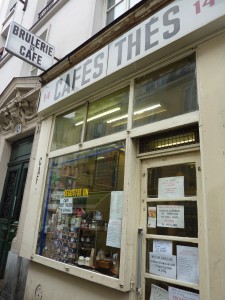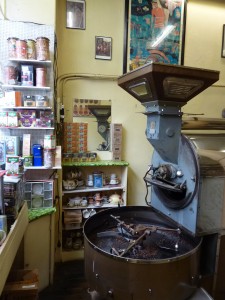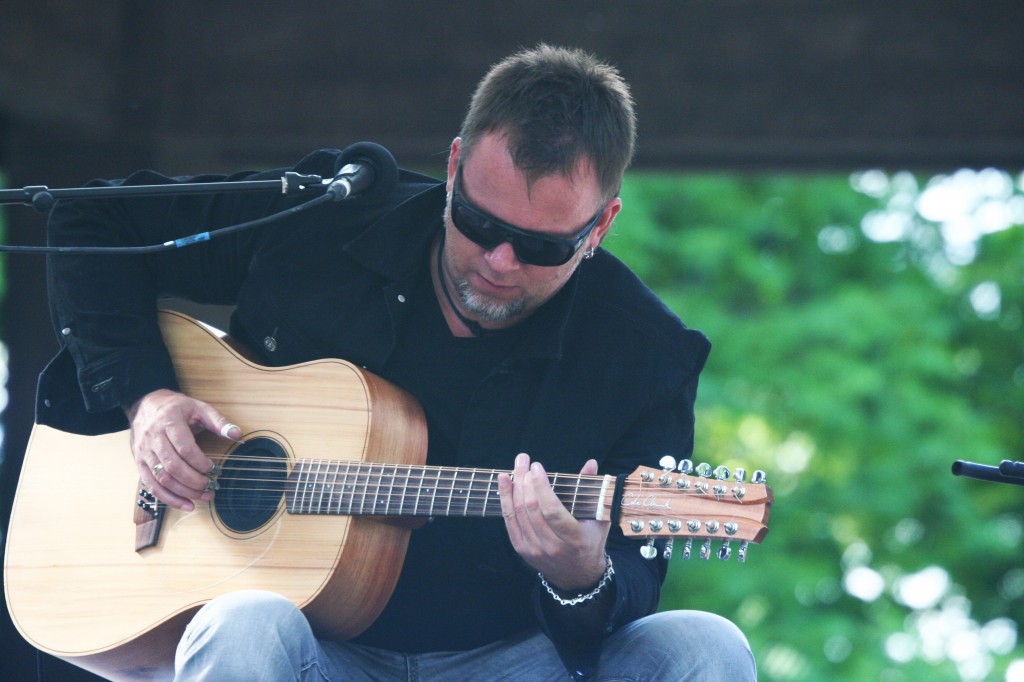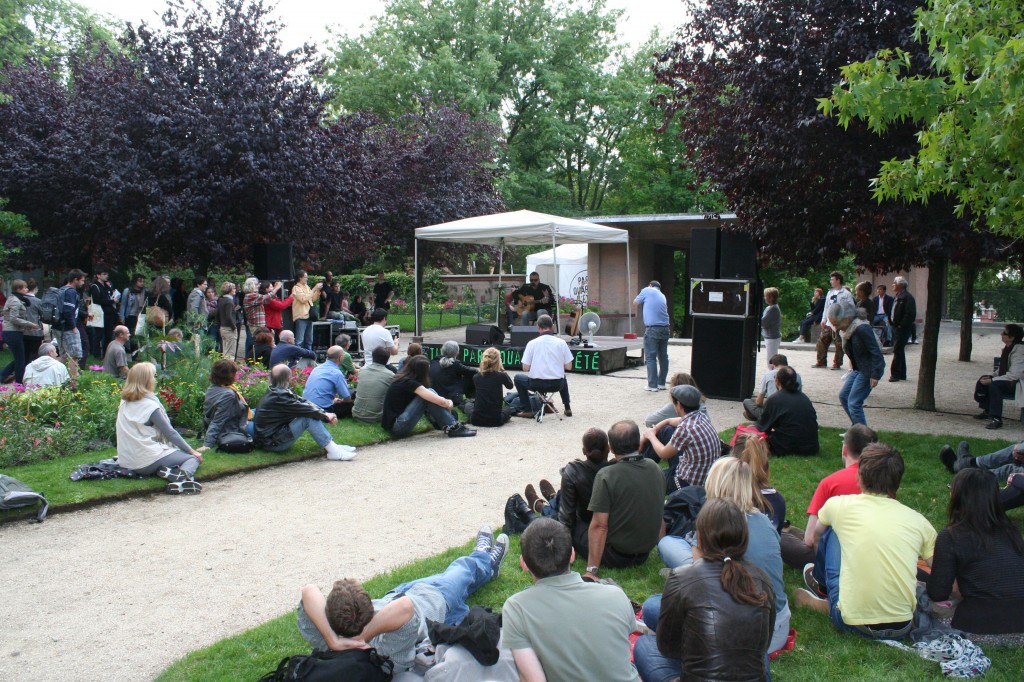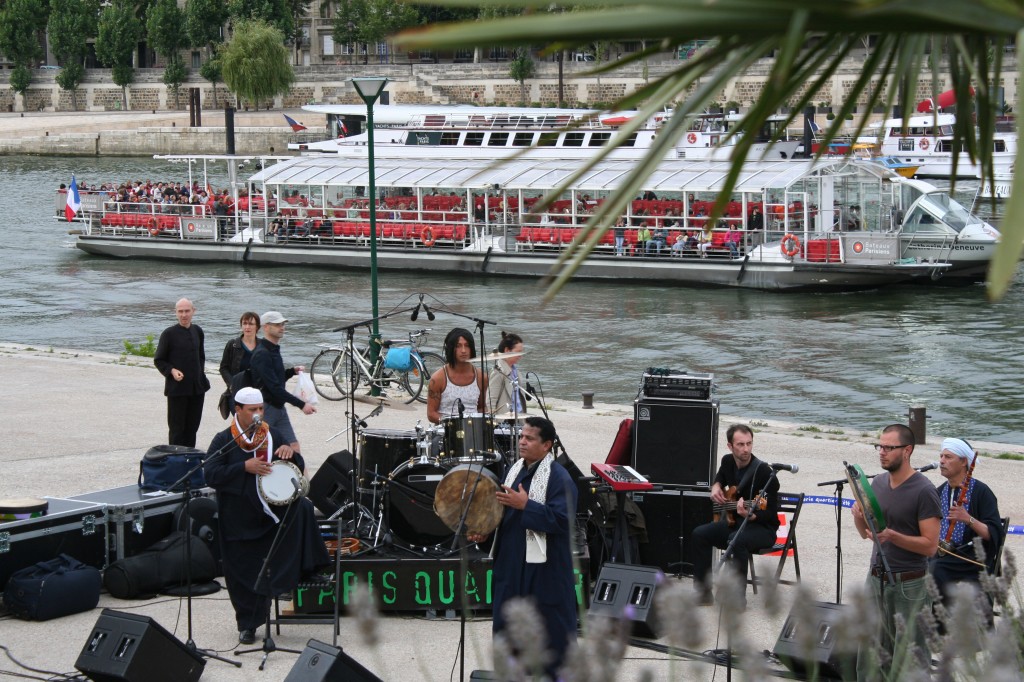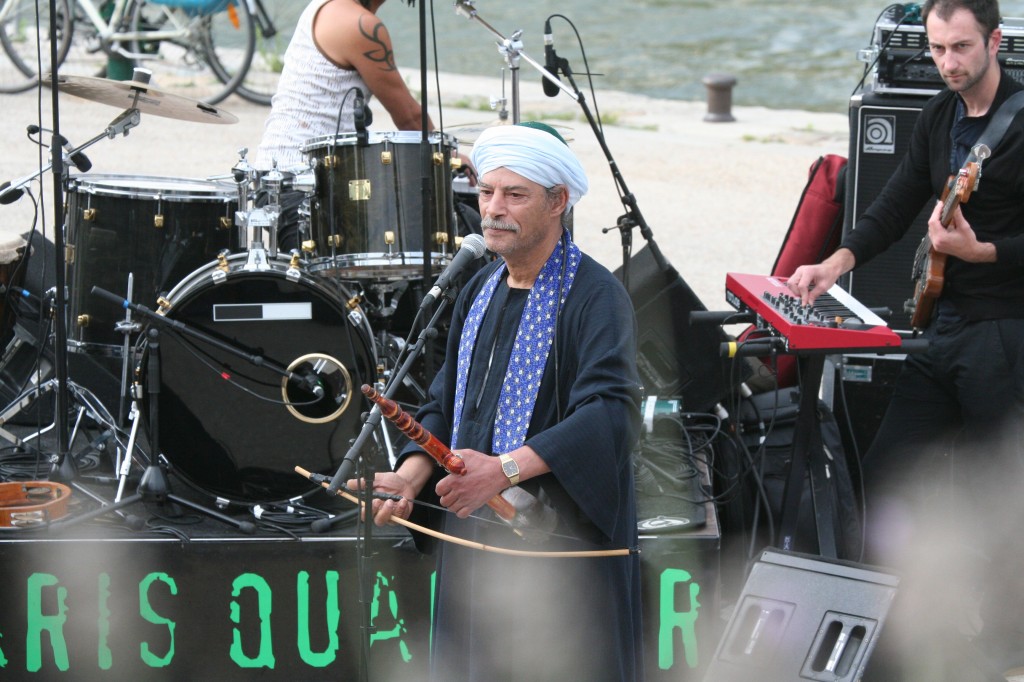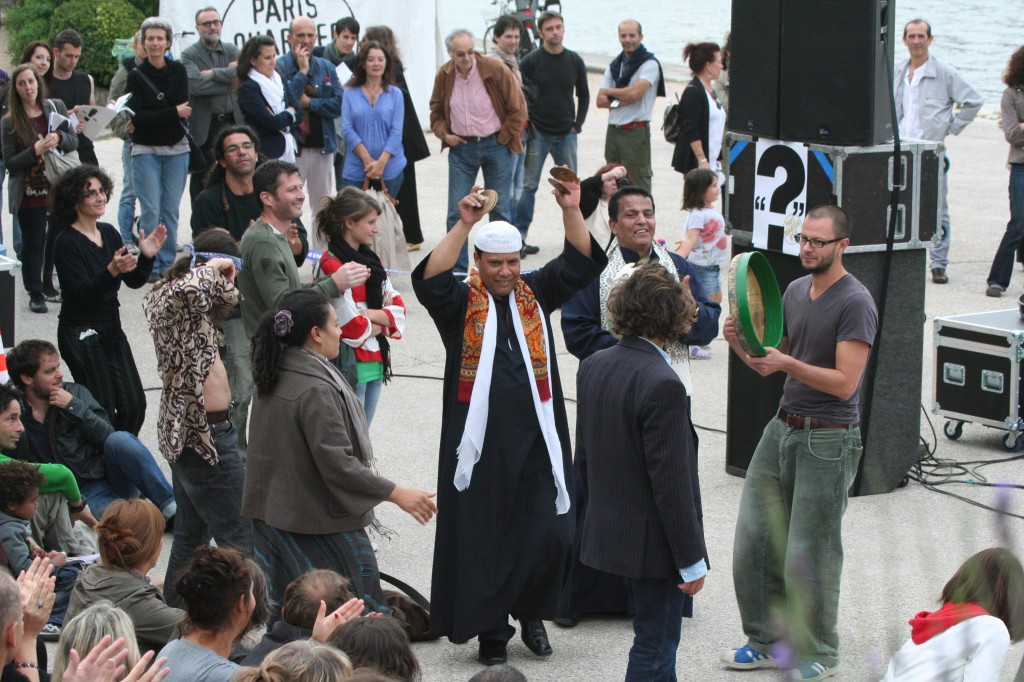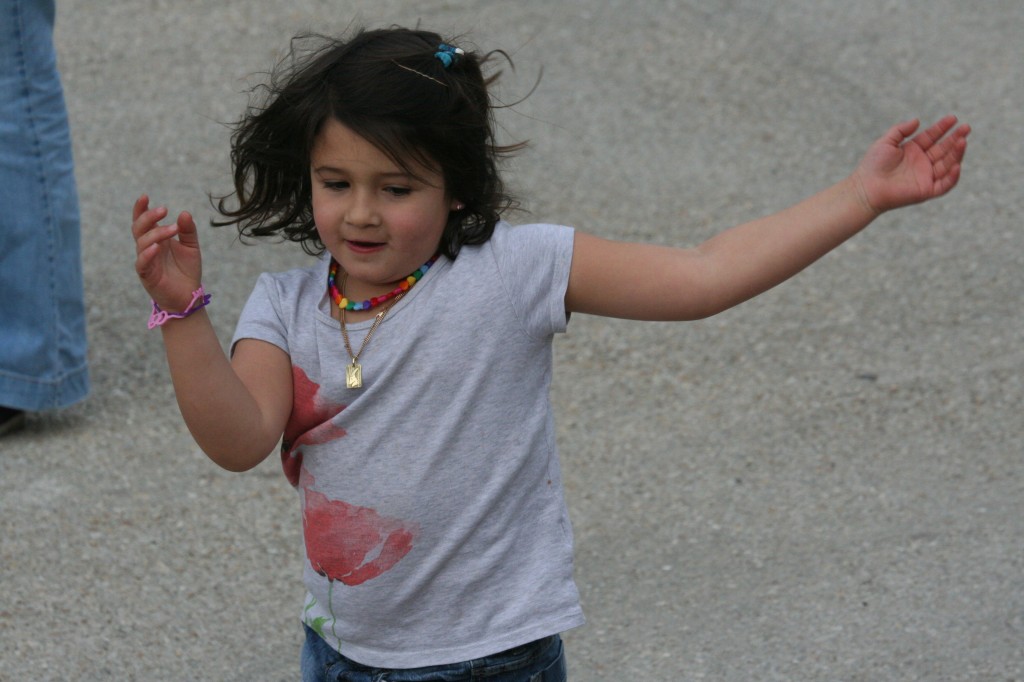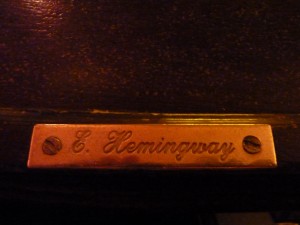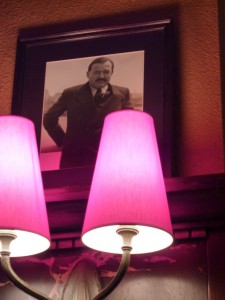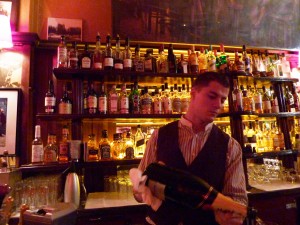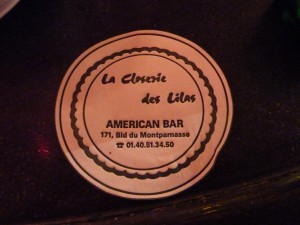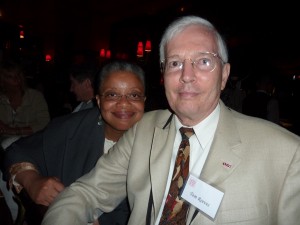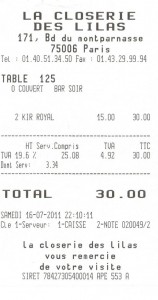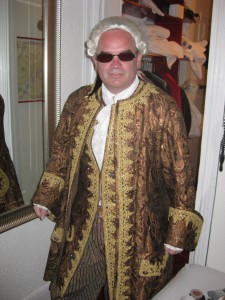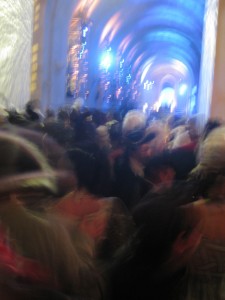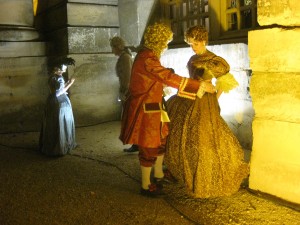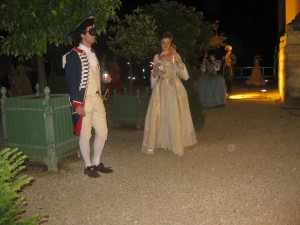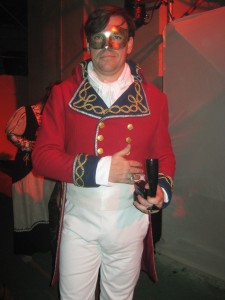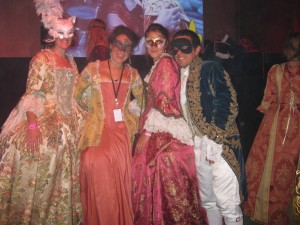Whether remembered as a general, a consul, or an emperor, Napoléon is the most famous Frenchman in the world. On one hand, he is adulated because of his military genius at battles such as Arcola, Rivoli, and Austerlitz (often, his victories were obtained against more numerous enemies) and also because of his political spirit and vision. On the other hand, Napoléon is hated for his authoritarian regime, his incessant military campaigns, which brought about the death of more than a million civilians, and his defeats in Spain, Russia and at Waterloo.
However, one thing is undeniable: Napoléon was a great builder, and this is especially true in Paris. He transformed the city into the “capital of the world,” constructing opulent buildings and modernizing its infrastructure. Even if some of his most monumental works were never completed because of his ultimate defeat at Waterloo, his indelible mark remains very present in the French capital.
When Napoléon came to power in the late 18th century, Paris was a poverty-stricken city. Unlike London, its streets had no sidewalks, and garbage simply accumulated on the ground. Freshly appointed in 1802 as “First Consul for Life,” Napoléon wanted to transform Paris into a real capital. He ordered the construction of 10 km of sewers, sidewalks, bridges, and breakthrough arteries. To stimulate economic activity, he built wharves and warehouses along the riverfront.
Parallel to the construction of infrastructure, Napoléon, as a great lover of antiquity and classicism, wanted Paris to look like a modern Rome. He renovated the Tuileries Palace (demolished in 1883), built the triumphal arch at what is now place du Carrousel, and ordered the construction of the Arc de Triomphe at the top of the avenue des Champs-Elysées. Then, having created new state financial institutions, he built sumptuous buildings to house them: examples include the Orsay Palace (destroyed in 1872) for the state finance auditing agency (called Cour des Comptes) and the Palais Brongniart (still standing) for the stock exchange.
Unfortunately, by 1809, Napoleon’s wars prevented him from completing all of his urban development projects. Military campaigns were expensive, and the state treasury could no longer finance the works. Many building projects that he initiated would only be completed after the end of his reign.
After Napoléon’s death, France erected a number of monuments in Paris to honor him. His tomb at Invalides is among the most impressive.
Walking in the Emperor’s footsteps in Paris is an original way to discover and explore some of the most famous monuments in the French capital. It is also a good way to learn about the life and the social and architectural heritage of a man who, most of the time, is only presented in military context.
For more information about the legacy of this great man, contact Napoleon Tours, a company that specializes in guided public and private tours about the Emperor, at the following link: www.napoleon-tours.com.

